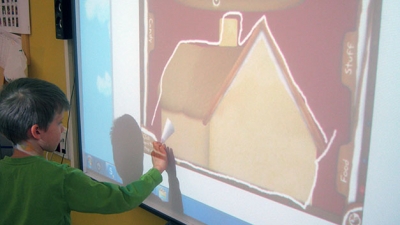"That's her language" said one of our parent volunteers, as she looked at one of the incredible gingerbread house creations in our Kindergarten class.
This got me thinking of Loris Malaguzzi's '100 Languages of Childhood'.
Loris talks of the different ways children express themselves and their learning.
Symbolic languages, including drawing, sculpting, dramatic play, writing, and painting are used to represent children’s thinking processes and theories. As children work through problems and ideas, they are encouraged to depict their understanding using many different representations. As their thinking evolves, they are encouraged to revisit their representation to determine if they are representative of their intent or if they require modification.
The child
is made of one hundred.
The child has
A hundred languages
A hundred hands
A hundred thoughts
A hundred ways of thinking
Of playing, of speaking.
A hundred always a hundred
Ways of listening of marveling of loving
A hundred joys
For singing and understanding
A hundred worlds
To discover
A hundred worlds
To invent
A hundred worlds
To dream
The child has
A hundred languages
(and a hundred hundred hundred more)
(The Hundred Languages of Children - excerpt)
In Kindergarten, children have been exploring the properties and possibilities of materials, through construction challenges. We built gingerbread houses from recycled card, from gingerbread, and digitally.
We built them independently, collaboratively, and as a community.
We are a Hundred Languages, so that one hundred children and one hundred more can always find meaning, and show meaning through learning.
Submitted by Marianne Brooks, Kindergarten Teacher
The Anglo-American School of Sofia


